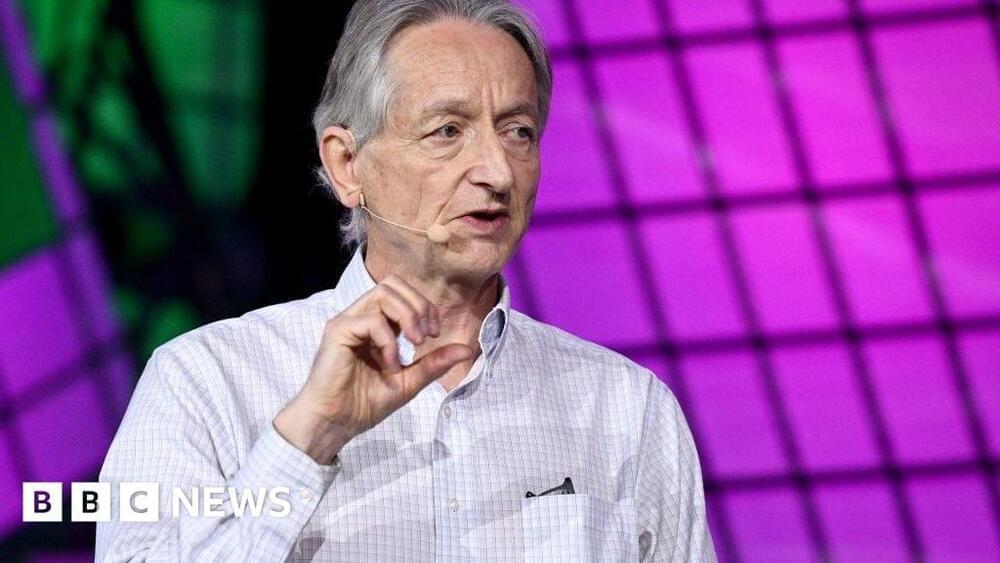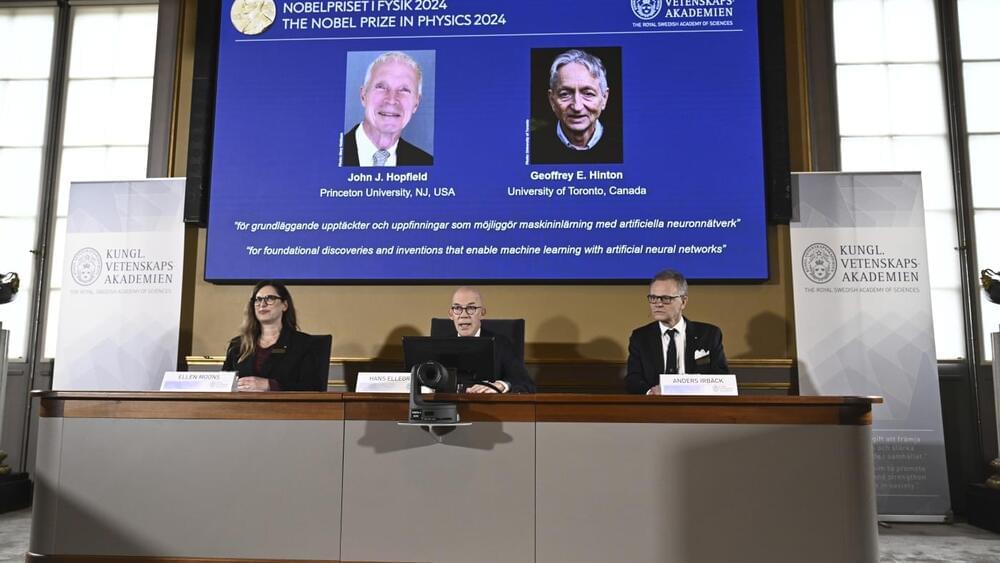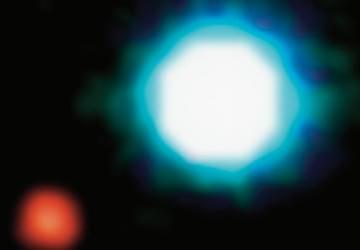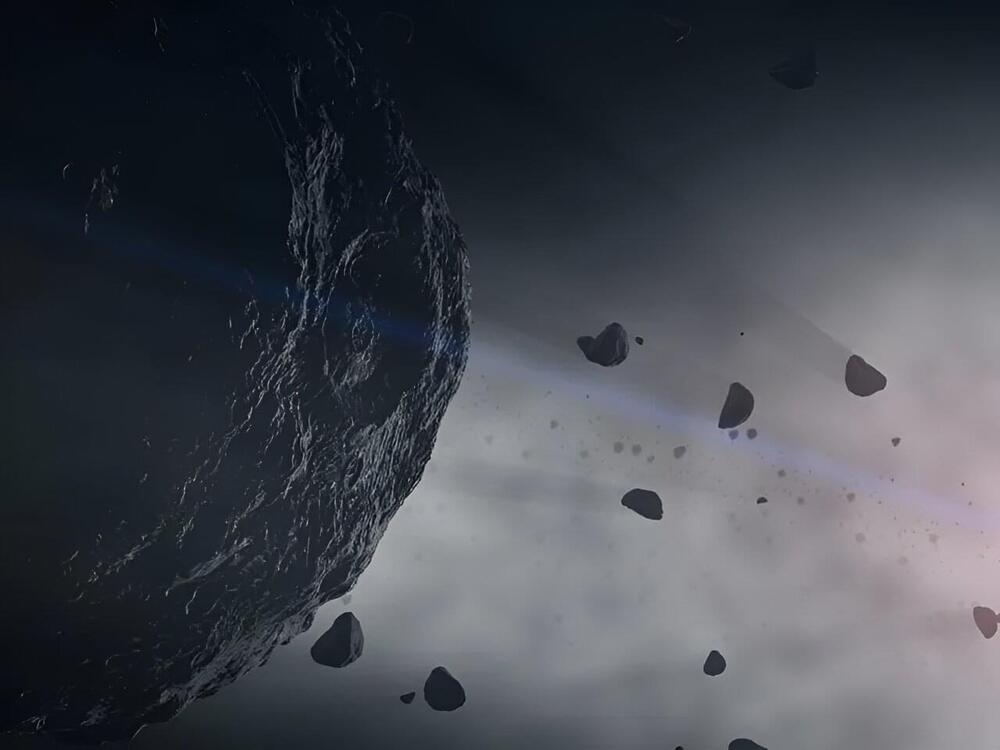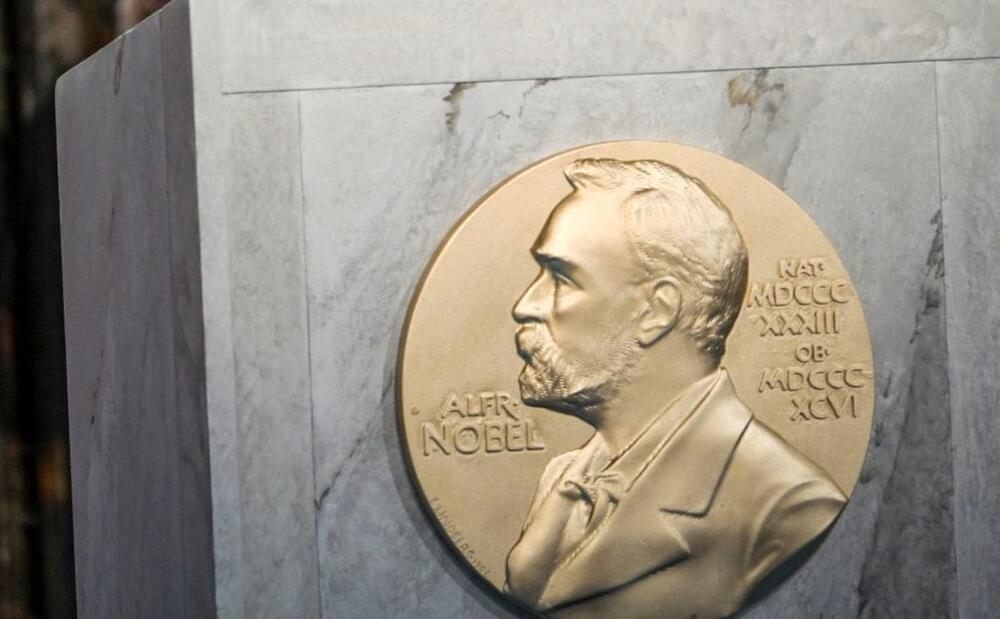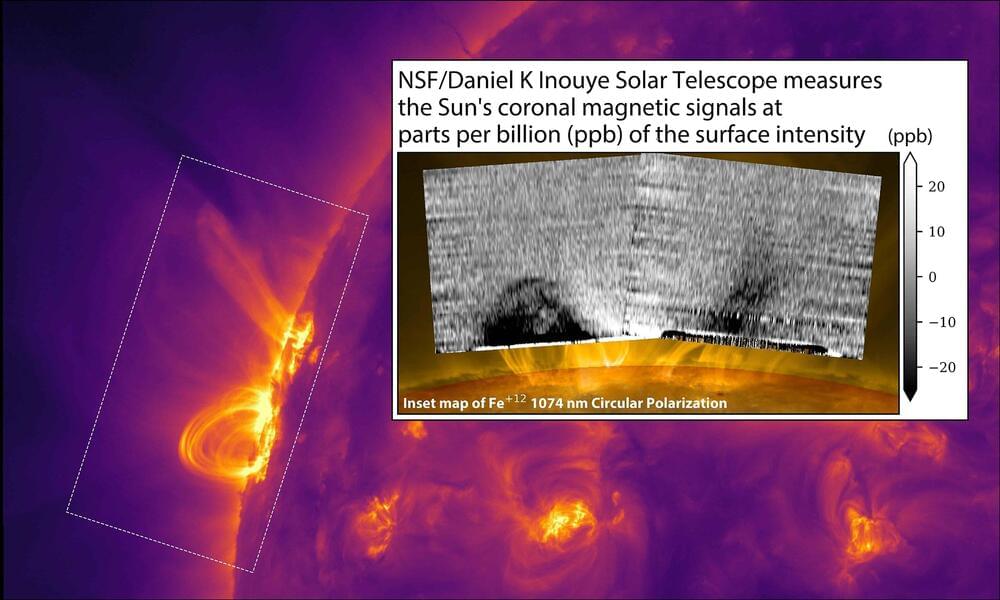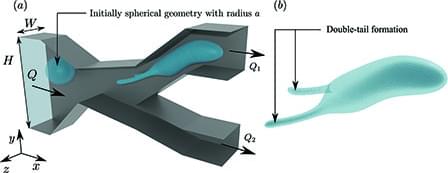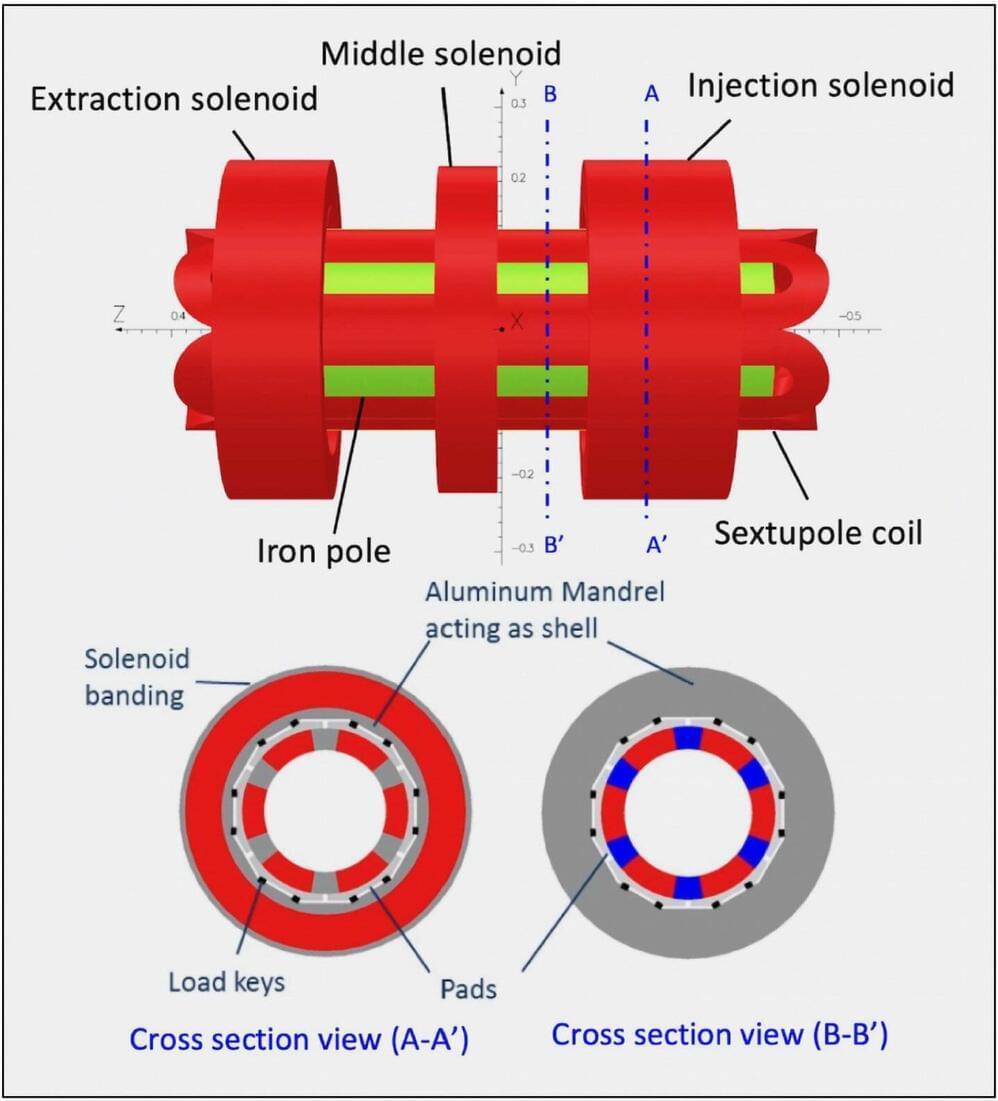University of Toronto professor Geoffrey Hinton has been awarded the Nobel Prize in Physics for his work in AI. Adrian Ghobrial has more.
Connect with CTV News:
For live updates and latest headlines visit: http://www.ctvnews.ca/
For breaking news, fast, download the CTV News App: https://www.ctvnews.ca/app.
Must-watch stories and full programs at http://www.ctvnews.ca/video.
CTV News on TikTok: https://www.tiktok.com/discover/CTV-News.
CTV News on X (formerly Twitter): / ctvnews.
CTV News on Reddit: / ctvnews.
CTV News on LinkedIn: / ctv-news.
–
CTV News is Canada’s most-watched news organization both locally and nationally, and has a network of national, international, and local news operations.
